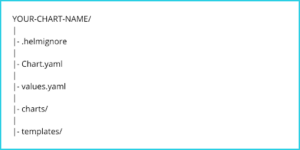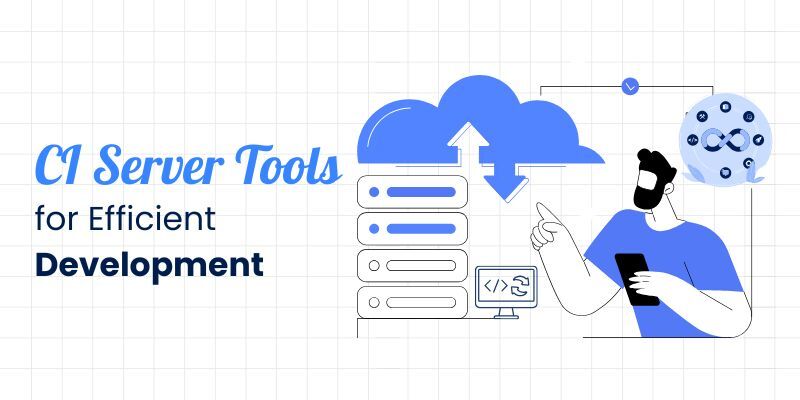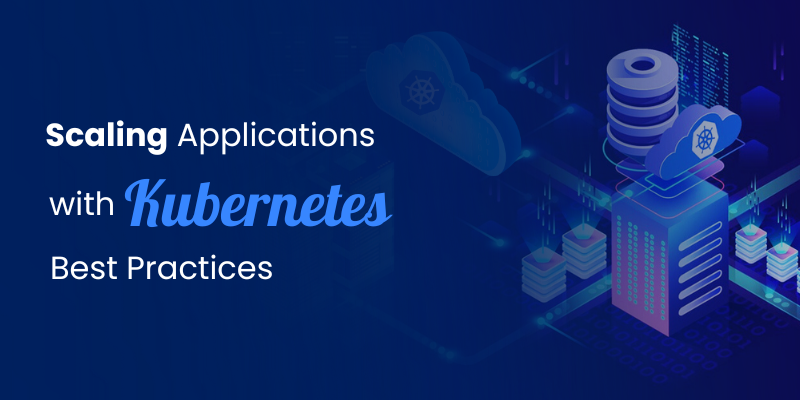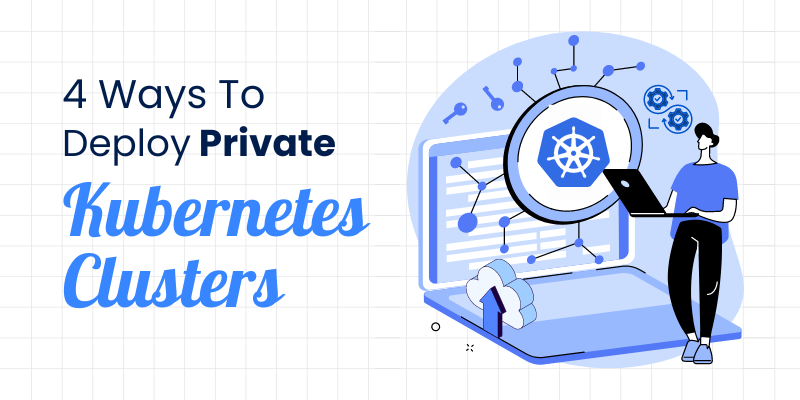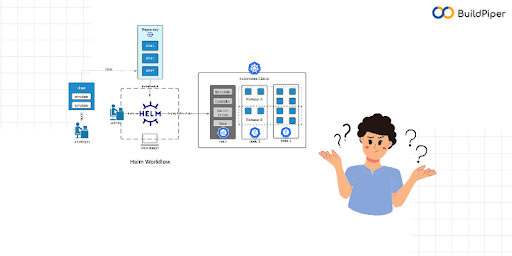
There is a definite format that you need to follow while creating a Helm Chart. Here’s how you can describe a Helm Chart specifying the different elements present in its structure.
What is a Helm Chart?
A Helm Chart in Kubernetes is a collection of files defining a set of Kubernetes resources. Helm Charts are Kubernetes YAML manifests combined into a single package. These manifest files help in a more seamless Kubernetes deployment and can be attached to the Kubernetes cluster.
Once packaged, installing a Helm Chart into the Kubernetes cluster is as easy as running a single helm install. It simplifies the deployment of containerized applications. Helm Charts help in defining, installing, and upgrading even the most complex Kubernetes application.
Describing a Helm Chart!
Helm has a certain structure for creating a chart. In order to create a new chart, run “helm create YOUR-CHART-NAME”. Once this is created, the directory structure looks like this,
Structure of a Helm Chart
After knowing what is a Helm chart, it’s time to know how to describe a helm chart. Here are the different parts you need to mention while creating a Helm Chart in Kubernetes. Let’s take a look at these elements of a Helm Chart.
helmignore: This holds all the files that need to be ignored when packaging the chart. It is similar to .gitignore, in case of git.
Chart.yaml: This is where all the information related to the chart that is being packaged is put. So, for example, details such as the version number etc can be specified here. This is where all these details need to be specified.
Values.yaml: This is the file in which all the values that are to be injected into the templates are defined. Similar to terraform, Values.yaml is the same as helms variable.tf file.
Charts: This is where other charts on which the helm chart that is being structured depends on are stored. There might be a need to call another chart for letting the chart function properly.
Templates: This is the folder where the actual manifest that is being deployed with the chart is put. For instance,for deploying an nginx deployment that needs a service, configmap and secrets, there would be a deployment.yaml, service.yaml, config.yaml and secrets.yaml all in the template dir. They will all get their values from values.yaml from these.
The Conclusion!
This is how you can describe a Helm chart. Kubernetes deployment is a complex process that brings along its own challenges. Using Helm can help enterprises handle these complexities and ease the process of Kubernetes deployment.
Besides Helm, a platform such as BuildPiper for Kubernetes management can help. BuildPiper is an end-to-end Kubernetes & Microservices Application Delivery Platform that enables more than 10X reduced time & investments needed to onboard & securely manage the complete setup and deployment of Kubernetes & Microservices applications.
You may also enjoy reading,
[Challenges of Kubernetes & How to Solve it?]
To know more about its other interesting functionalities, schedule a demo today!
Read more about Helm, its benefits, what is a helm chart, the benefits of using a helm chart in Kubernetes deployment and the components of a helm chart, here in this article.

